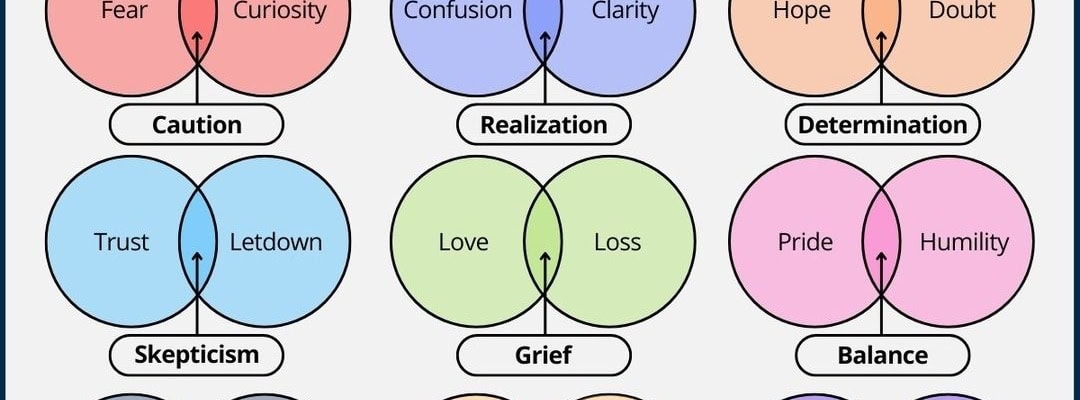Legacy giving is often framed as a financial transaction — a way to leverage tax benefits or manage estates effectively. This is mainly due to charities approaching legacy giving as they approach major gift fundraising. I would even argue that it’s a symptom of organizations feeling uncomfortable with the perceived myth that legacies are all about death.
🙄 🤦🏻♀️
Here’s the truth: focusing on the fiscal side of legacies *is* missing the point entirely. The heart of legacy giving lies in its emotional power. When fundraisers shift their messaging to tap into the deeper human desire to leave a meaningful mark, they create lasting connections that inspire action.
Why Emotion Matters More
Legacy giving is a profoundly personal decision, often made after deep reflection on one’s life and values. It’s not about dollars and cents (or pounds or euros!); it’s about answering questions like, “What legacy will I leave behind?” and “How will I be remembered?” By tapping into these emotional currents, fundraisers can resonate with donors on a personal level.
Highlighting stories of impact — how legacy gifts have transformed lives, protected the environment, or built communities — connects donors to the causes they love in a way that numbers never can. These narratives stir a sense of purpose and belonging, reminding donors that their actions today can echo across generations.
The Pitfalls of Financial-First Messaging
Promoting the financial side of legacy giving can alienate donors. Discussions about tax benefits and estate planning, while important, can feel impersonal and transactional. They risk reducing a profound act of generosity into a mere strategy for saving money or managing assets.
This approach also excludes many potential donors who might assume legacy giving is only for the wealthy. When legacy giving is framed in emotional terms — accessible to anyone passionate about making a difference — it becomes an inclusive opportunity, open to donors of all financial backgrounds.
Engaging Emotionally: Strategies That Work
Share Impactful Stories
Personal stories are the beating heart of emotional legacy giving. Highlight real examples of how legacy gifts have changed lives. Whether it’s funding scholarships for underserved students or preserving wildlife habitats, these stories create a visceral connection that inspires donors to act.
Create a Vision of Legacy
Help donors visualize their impact. Instead of discussing financial tools, focus on outcomes: the communities built, the lives touched, and the futures changed. Use events, newsletters, and videos to bring this vision to life.
Practice Authentic Gratitude
Expressing heartfelt thanks helps donors feel appreciated and valued. Personalized notes, events celebrating their contributions, and ongoing updates about the impact of their gifts nurture a deep emotional bond between the donor and the organization.
Speak to Their Values
Shift the conversation from financial specifics to shared values and aspirations. Ask open-ended questions about what matters most to them and how they’d like to be remembered. Tailoring your messaging to these values makes legacy giving deeply personal.
Why It Works
When you engage donors emotionally, you’re inviting them to become part of a story bigger than themselves. It’s about creating a shared vision where their legacy aligns with the organization’s mission. This approach not only boosts engagement but also fosters long-term trust and loyalty.
By prioritizing the emotional over the financial, fundraisers can turn legacy giving from a pragmatic decision into a heartfelt commitment. So, let’s put down the taxation code and pick up the stories that truly inspire. That’s where the magic happens.


